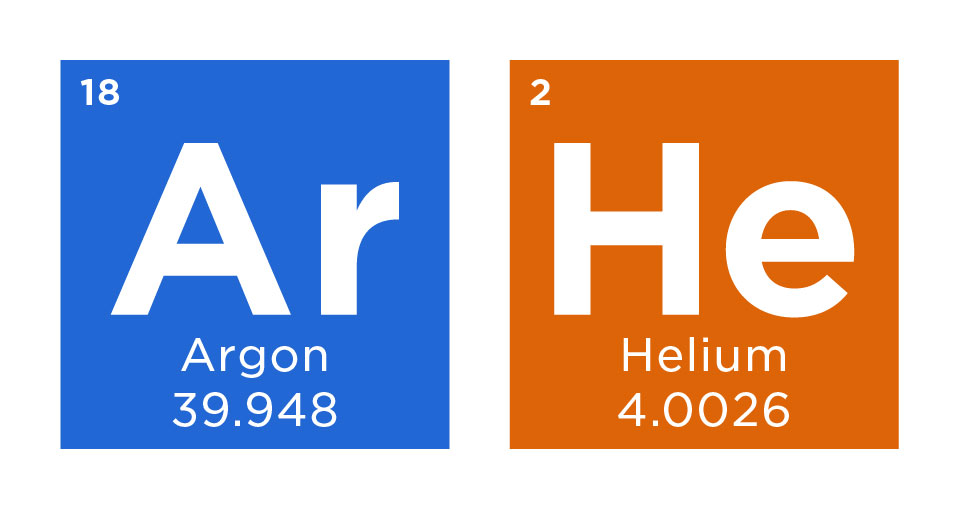Which Gas Do You Need for Your TIG Weld?
February 14, 2022
No matter what you’re planning to do, your TIG weld always needs to be protected by a shielding gas. No gas and you’re going to have a very bad time. But which one works the best?
TIG gases
TIG welding will only work with inert (noble) gases. There are six inert gases, but only two of them are cheap enough to be used: argon and helium. That means picking a shielding gas is relatively simple. Pure argon is used for every application: mild steel, stainless steel and aluminium.

Helium can also be used, but it’s more expensive, so it is usually only added to argon as an extra to give more penetration. For example, if you were welding on really thick metal and you were reaching the limits of your welder’s amperage range, you could swap to an Ar/He mix. Helium is common in colder climates as well, as it burns hotter, so it provides more heat and penetration for the weld.
Why can’t semi-inert (active) gases be used?
Inert gases have only one function when being used to shield a weld: shielding the weld. They’re denser than the surrounding air, so they can completely block out any oxygen or otherwise, that would contaminate the weld. They have no effect on the welding process, and there are no changes to the arc.
On the other hand, active gases like CO2 and oxygen do have an effect on the weld. They can alter the characteristics of the arc, as well as aid with penetration, so they do more than just shield the weld.
Unlike MIG welding, which benefits from having active gases mixed in, TIG is not so forgiving. Because CO2 and oxygen affect the weld directly, it reacts badly, and the added heat can blow holes through the workpiece, plus it burns up the tungsten. By only using an inert gas like argon, the weld and your tungsten will both be properly protected.